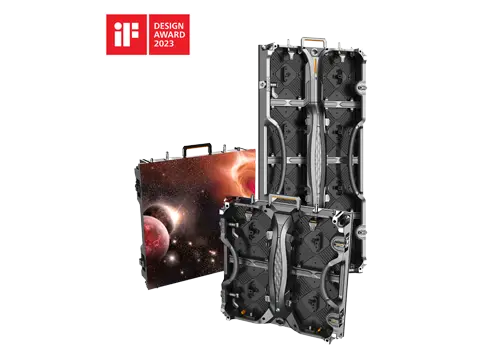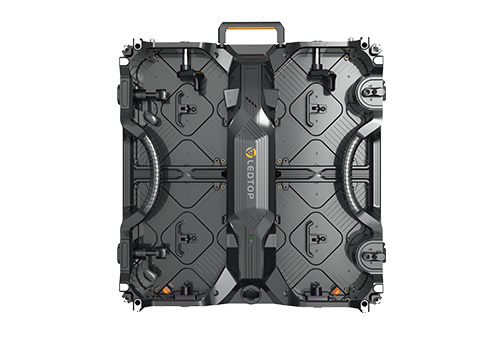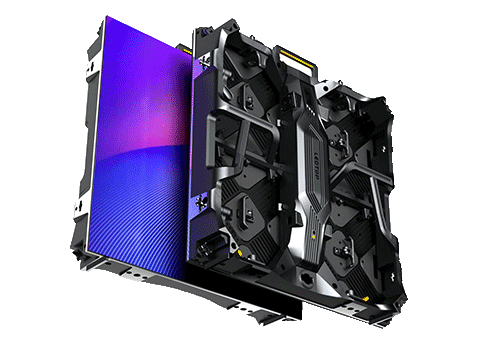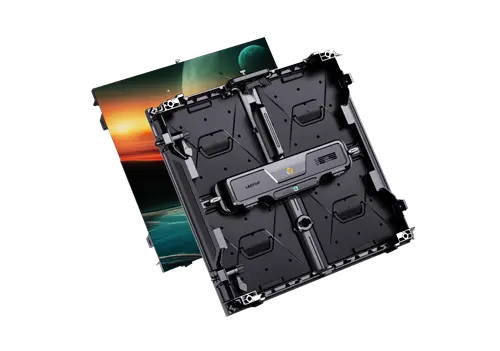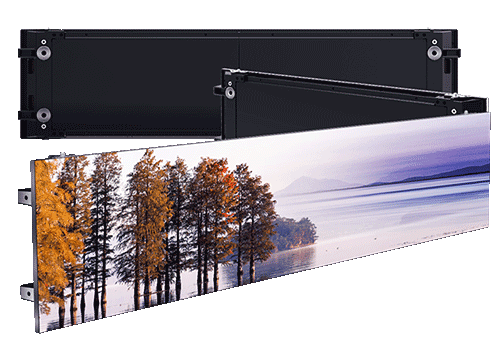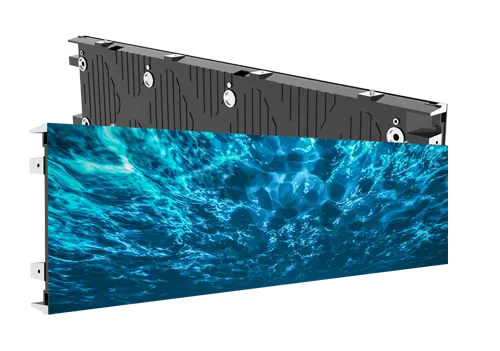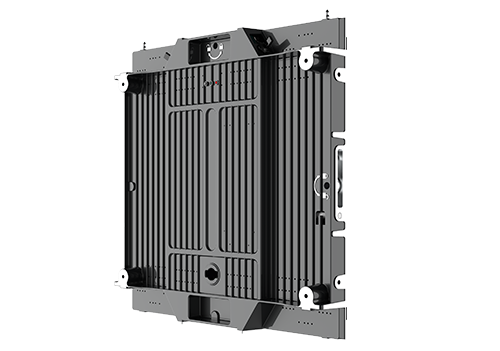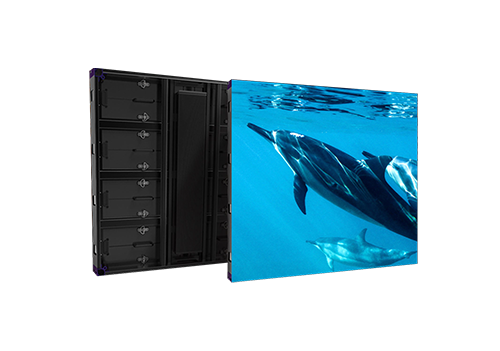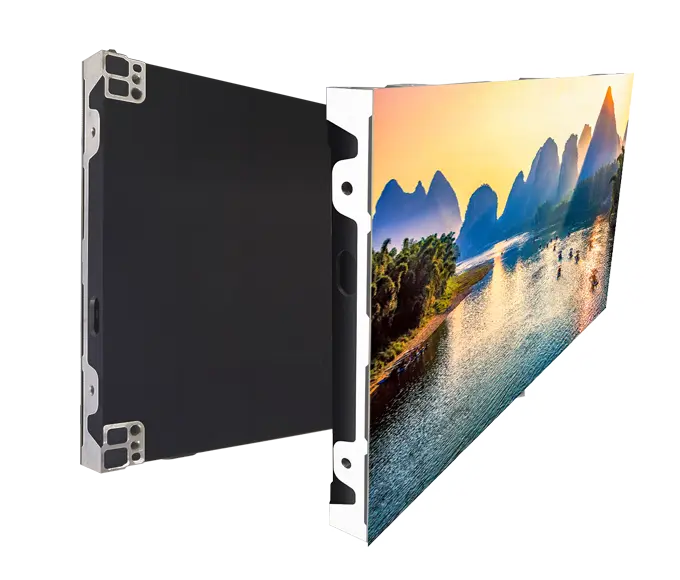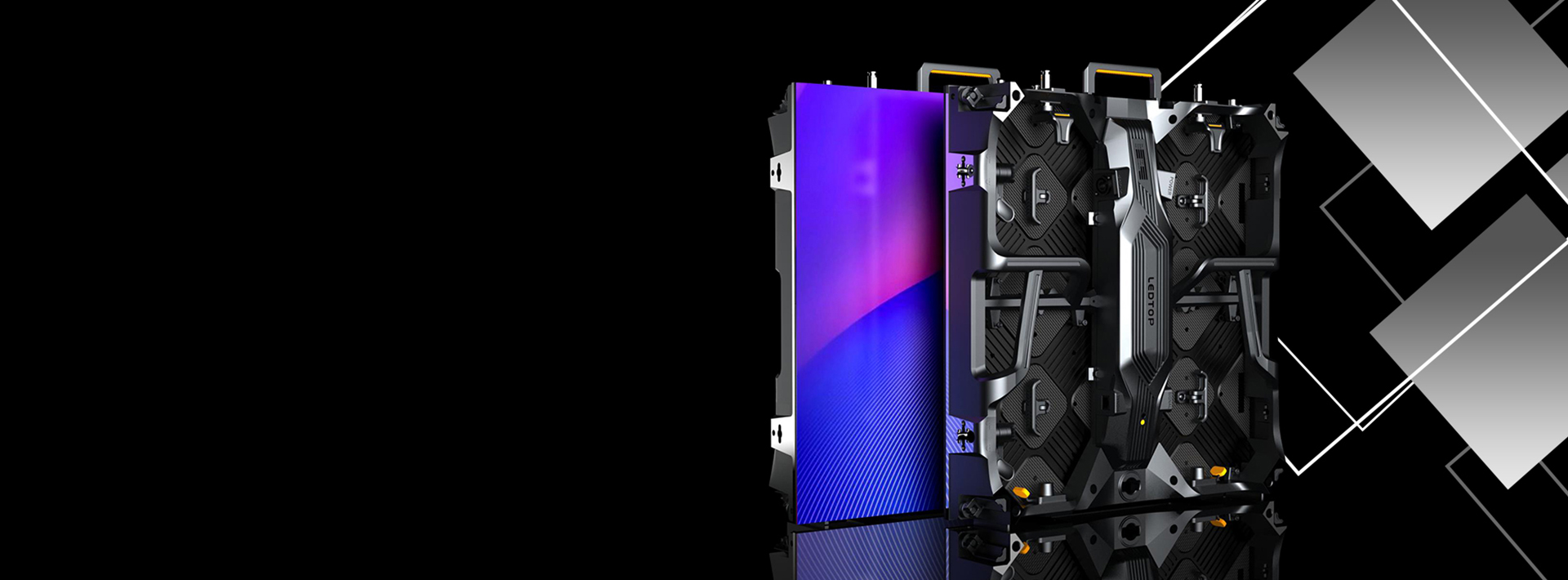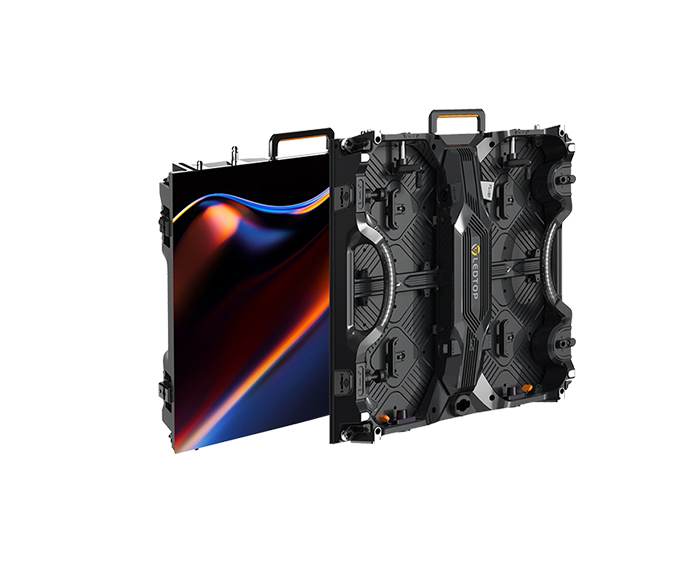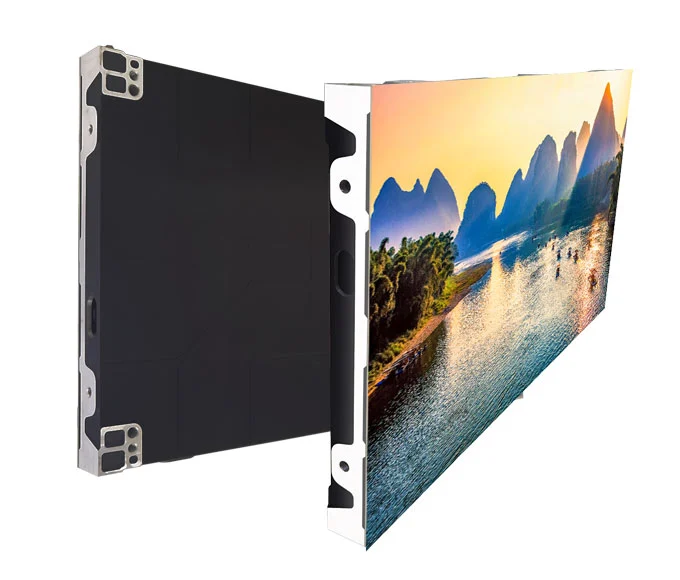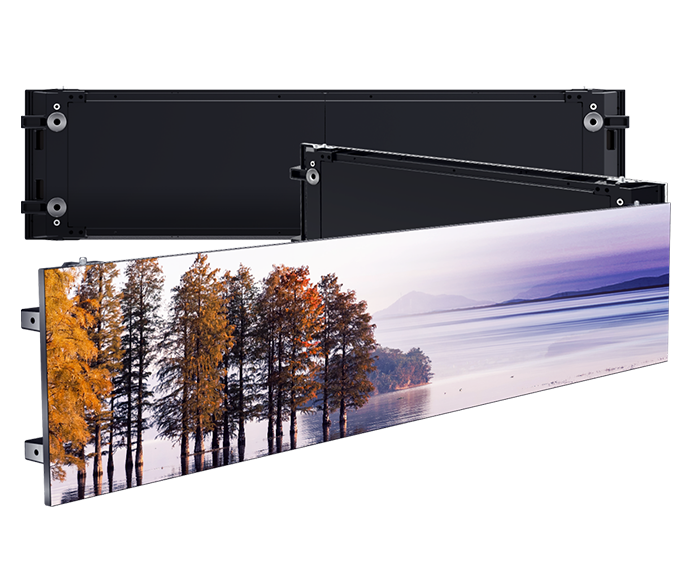Understanding the LED screen for stage
In recent years, LED stage screens have become increasingly common in stage design, even becoming an essential core part of visual presentation. The use of LED stage screens for digital imaging in stage design is quite extensive due to its simple use and good adaptability. Furthermore, the flexibility of the screen is also high, as it can be assembled and disassembled to adapt to different forms of digital imaging, creating shapes and various spatial layouts that cannot be achieved with traditional stage design. So why is the LED screen so popular in stage design?
Reasons for the popularity of LED screens in stage design
Generally speaking, LED stage screens have a large area, high pixel density, and high requirements for the number of points displayed by the sending card. Sometimes, multiple control cards need to be used to control the screen. In addition, real-time monitoring of the operating status of the LED stage screen has greatly enhanced its stability and overall performance, making it more widely applied.
The widespread application of LED screens in stage design has helped to drive their development. As a custom-designed die-cast aluminum product, the LED screen is lightweight, thin, and quickly installed. The lightweight, easy-to-install and transport housing is suitable for large-scale rental and fixed installation applications. Its beautiful performance is particularly evident in various festivals, star concerts, television programs, fashion shows, and other stage performances. In the industry, there is even a saying "no rental, no stage design," which shows the inseparable "historical origin" between LED screens and stage design applications.
LED screens have become an essential tool for creating a better stage atmosphere and displaying better stage effects in various performance activities. On the one hand, LED stage screens can be used for live broadcasting and playback of on-site competitions, allowing distant audiences to appreciate the performance more clearly. On the other hand, LED stage screens can be used to display special stage effects, expand the performance space, enhance the stage atmosphere, create a powerful visual impact and artistic appeal. In other words, LED screens have achieved the artistic expression of stage design, making stage effects more flexible, vivid, and realistic, achieving a unity of environment and presentation.
That's all for why LED screens are so popular in stage design. Overall, driven by the development of the culture and entertainment industry, the future development of LED screens in the stage design market will be dazzling. With the continuous advancement of small-pitch LED displays, higher-end LED rental screens will be able to meet the demands of even better stage atmosphere presentations.

